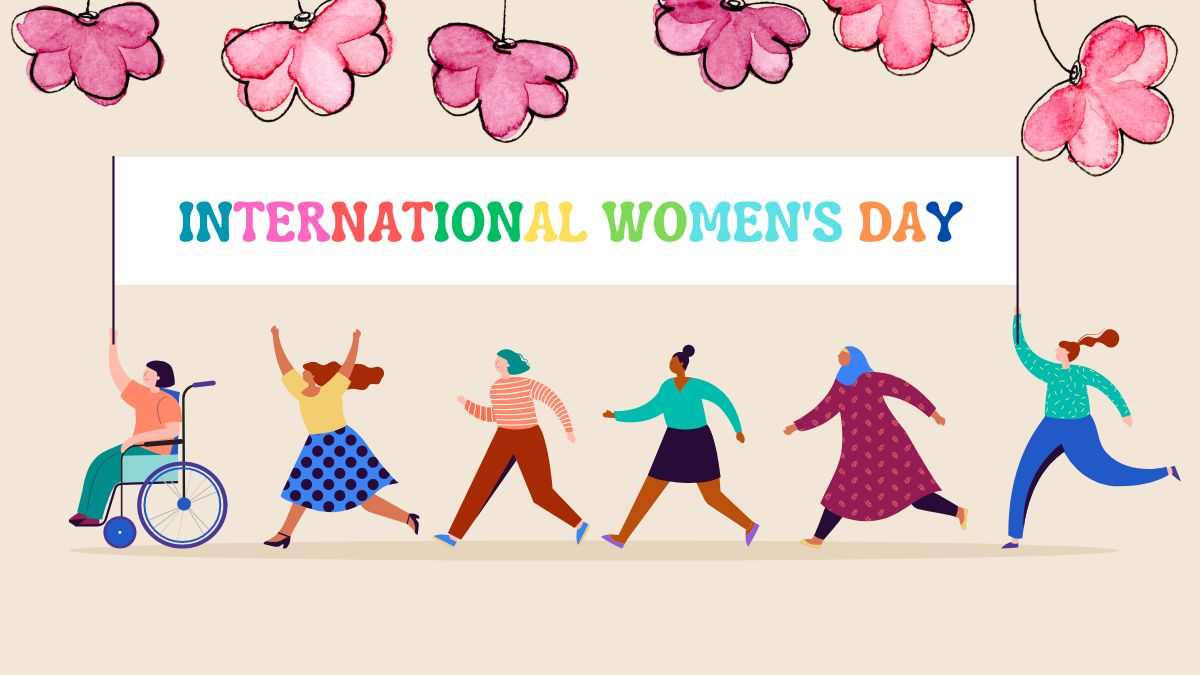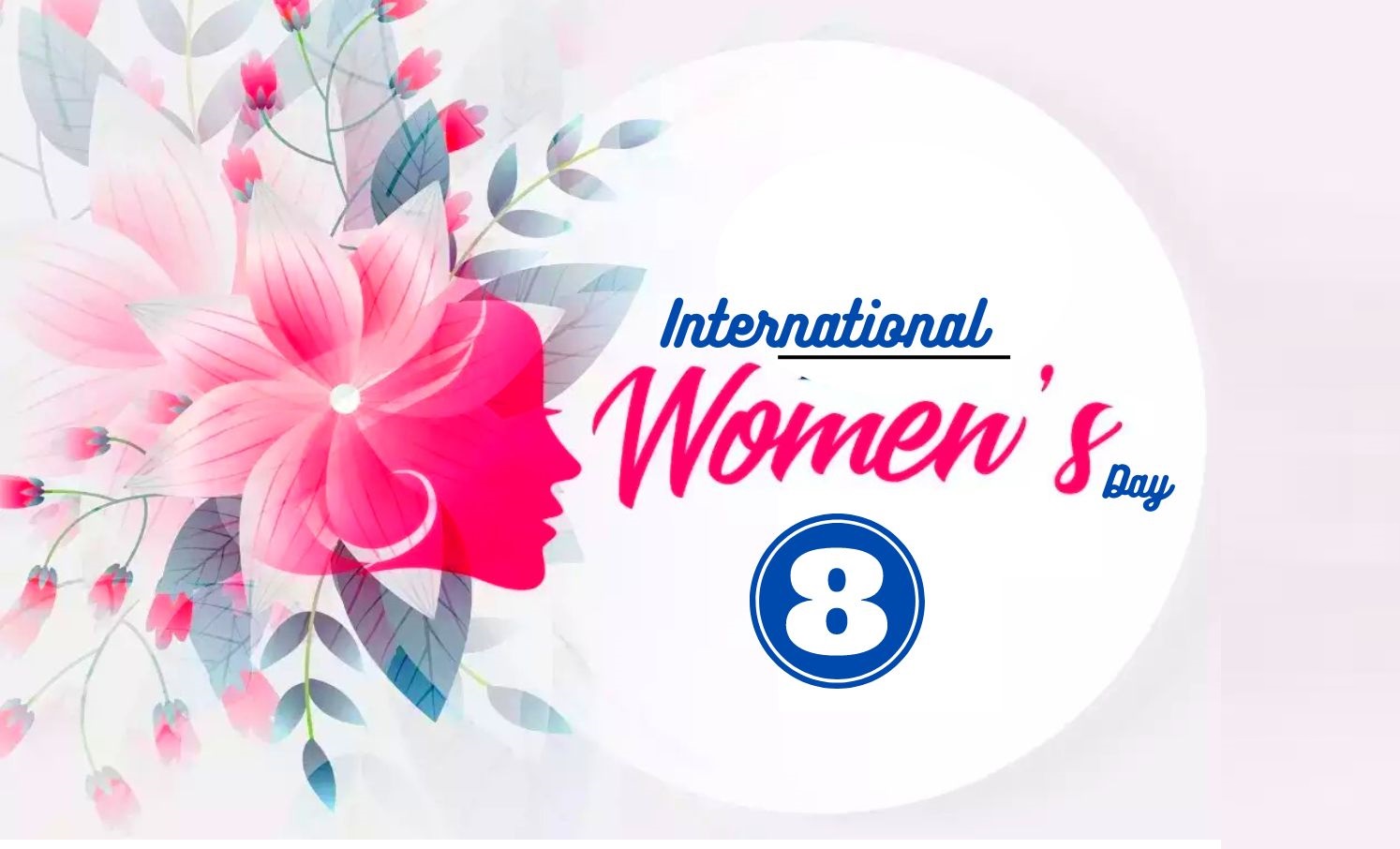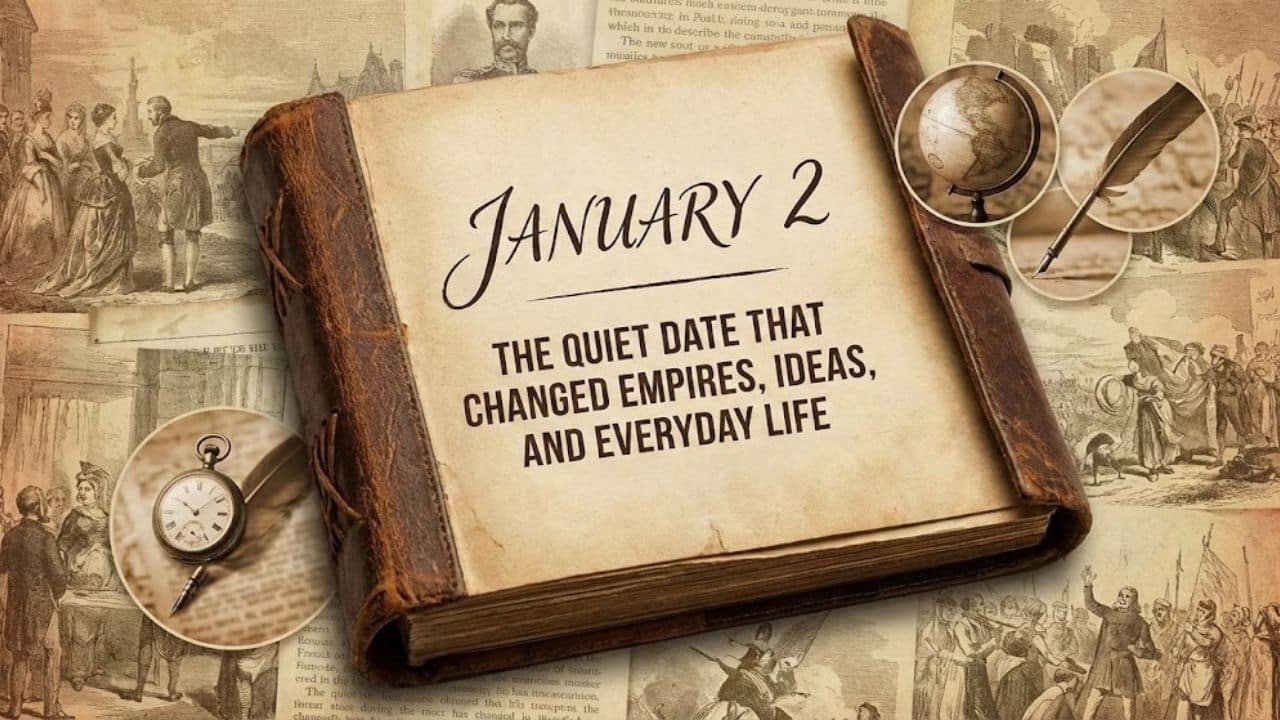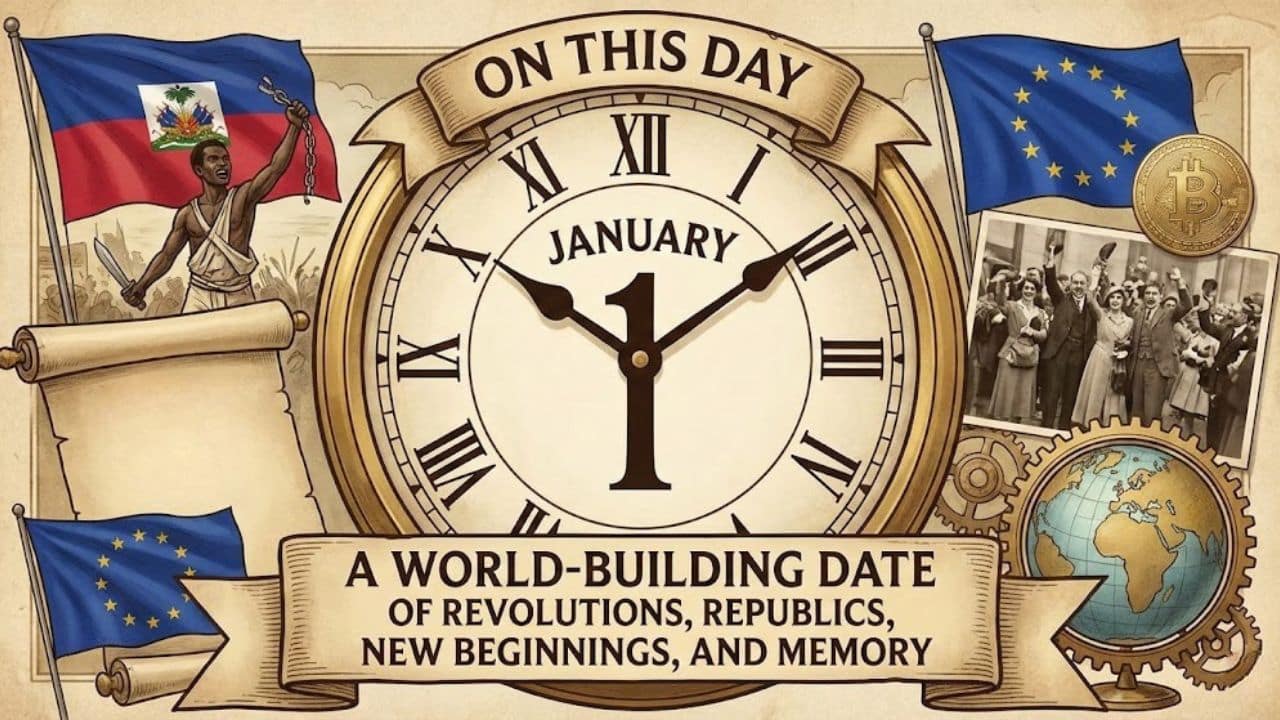Listen to the Podcast:
International Women’s Day is celebrated annually on March 8 to promote gender equality and foster a society without gender bias. The day honours women and focuses on problems such as equal rights for women, violence, abuse against women, and reproductive rights.
The United Nations has dubbed this year’s topic “DigitALL: Innovation and technology for gender equality” to highlight the significance of technology in bringing gender concerns to light.
According to the United Nations Educational, Scientific, and Cultural Organisation (UNESCO), the origins of International Women’s Day can be traced to twentieth-century labour movements in North America and Europe.
On February 28, 1909, the United States marked the inaugural National Woman’s Day in remembrance of the 1908 garment workers’ strike in New York, during which women protested against poor working conditions.
In 1945, the United Nations Charter was the first international accord to recognize the principle of gender equality. Then, on March 8, 1975, the United Nations marked its first official International Women’s Day within International Women’s Year.
With the approval of a resolution by the United Nations General Assembly in 1977, International Women’s Day became a mainstream global celebration, with member nations invited to designate March 8 as an official United Nations holiday promoting women’s rights and world peace.
How did International Women’s Day Start?

International Women’s Day, or IWD for short, emerged from the labour movement to become a United Nations-recognized yearly event (UN).
In 1908, 15,000 women marched through New York City demanding shorter working hours, higher pay, and the opportunity to vote, sowing the roots of the movement. The Socialist Party of America announced the first National Woman’s Day a year later.
A lady named Clara Zetkin, a communist activist and advocate for women’s rights, conceived of the notion to make the day universal. She proposed the notion in 1910 at the Copenhagen International Congress of Working Women. There were 100 women from 17 countries in attendance, and they unanimously agreed with her proposition.
It was initially observed in Austria, Denmark, Germany, and Switzerland in 1911. The 100th anniversary was commemorated in 2011. Therefore, this year marks the 111th International Women’s Day.
When the United Nations began commemorating the day in 1975, everything became official. “Celebrating the Past, Preparing for the Future” was the inaugural theme approved by the UN in 1996.
International Women’s Day has become a time to celebrate how far women have come in society, politics, and the economy, while the day’s political beginnings have led to the organization of strikes and rallies to raise awareness of ongoing inequalities.
How is Women’s Day Celebrated?
International Women’s Day is a national holiday in a number of nations, including Russia, where flower sales quadruple in the three or four days surrounding March 8.
As instructed by the State Council, on March 8, many Chinese women received a half-day off of work.
International Women’s Day, or la Festa della Donna, is commemorated in Italy by the exchange of mimosa blossoms. This tradition’s origin is unknown. However, it is thought to have originated in Rome following World War II.
March in the United States is Women’s History Month. An annual presidential proclamation recognizes the achievements of American women.
Why do People Wear the Color Purple?
According to the International Women’s Day website, purple, green, and white are the IWD colours.
“The color purple represents justice and honor. Green signifies hope. White symbolizes purity, albeit in a contentious manner. The colors started in the United Kingdom in 1908 with the Women’s Social and Political Union (WSPU) “they say.
Is there an International Men’s Day?
It is valid on 19 November. Nonetheless, it has been observed since the 1990s and is not recognized by the United Nations. It is celebrated in over eighty nations worldwide, including the United Kingdom.
According to the organizers, the day recognizes “the positive value men provide to the world, their families, and their communities” and aims to promote positive role models, increase awareness of men’s well-being, and enhance gender relations.
You Can Read More: World Population Day








































